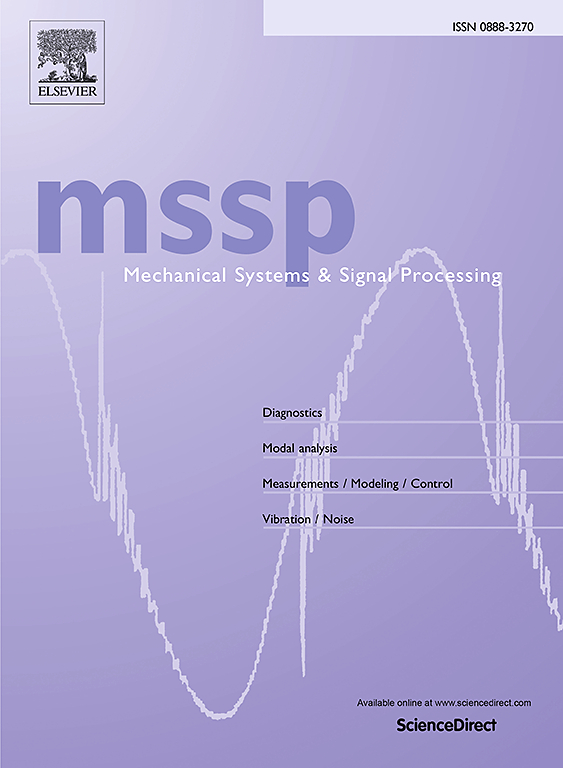Optimising wellbore annular leakage detection and diagnosis model: A signal feature enhancement and hybrid intelligent optimised LSSVM approach
IF 7.9
1区 工程技术
Q1 ENGINEERING, MECHANICAL
引用次数: 0
Abstract
The occurrence of leakage in the wellbore annulus can severely impact drilling operations. To address well leakage detection, an improved diagnostic model is proposed, optimising three aspects: signal processing, feature selection, and model optimisation. The model combines the RIME-ICEEMDAN-SWT signal processing method with SAPSO-GWO-LSSVM for diagnosis. First, the Rime Optimization Algorithm (RIME) optimises the Improved Complete Ensemble Empirical Mode Decomposition with Additive Noise (ICEEMDAN), enhancing the algorithm’s self-adaptive tuning capability. Simulation and experimental results demonstrate that the RIME-ICEEMDAN-SWT method improves the quality of well leakage signals. To better extract leakage features, time–frequency information from the signal is fully integrated, and Lasso regression is used for feature dimensionality reduction, enabling automatic selection of key features. Finally, to reduce model complexity, a SAPSO-GWO-LSSVM-based diagnostic model is developed, integrating Simulated Annealing (SA), Particle Swarm Optimisation (PSO), and Grey Wolf Optimisation (GWO) to form a hybrid population intelligent optimisation algorithm. This algorithm optimises the Least Squares Support Vector Machine (LSSVM). The model is tested on five simulated wellbores of various sizes, achieving an average diagnostic accuracy above 95%, with a standard deviation between 0.35 and 0.6. The results confirm the model’s high accuracy and stability.

求助全文
约1分钟内获得全文
求助全文
来源期刊

Mechanical Systems and Signal Processing
工程技术-工程:机械
CiteScore
14.80
自引率
13.10%
发文量
1183
审稿时长
5.4 months
期刊介绍:
Journal Name: Mechanical Systems and Signal Processing (MSSP)
Interdisciplinary Focus:
Mechanical, Aerospace, and Civil Engineering
Purpose:Reporting scientific advancements of the highest quality
Arising from new techniques in sensing, instrumentation, signal processing, modelling, and control of dynamic systems
 求助内容:
求助内容: 应助结果提醒方式:
应助结果提醒方式:


